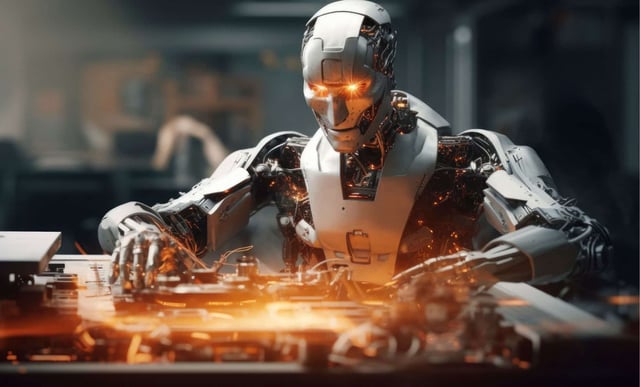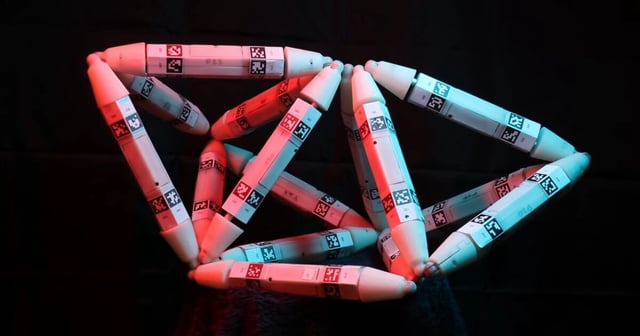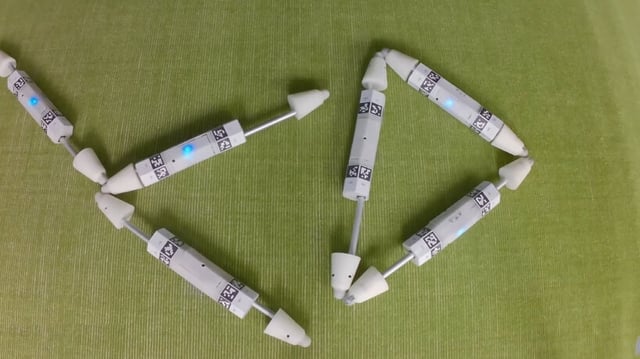Overview
- The robot metabolism framework uses magnetic Truss Link rods that can self-assemble, replace damaged parts and cannibalize other modules for growth
- Under researcher teleoperation, prototypes have formed 2D assemblies and leveraged ledges to reconfigure into 3D tetrahedral shapes
- A test adding an extra Truss Link acted like a walking stick and boosted downhill speed by 66 percent, demonstrating functional gains through adaptive growth
- Current prototypes remain teleoperated and lack full operational autonomy in both assembly and decision-making
- The team’s next step is to develop sensor-equipped Truss Link variants to improve environmental responsiveness and enable independent evolution



